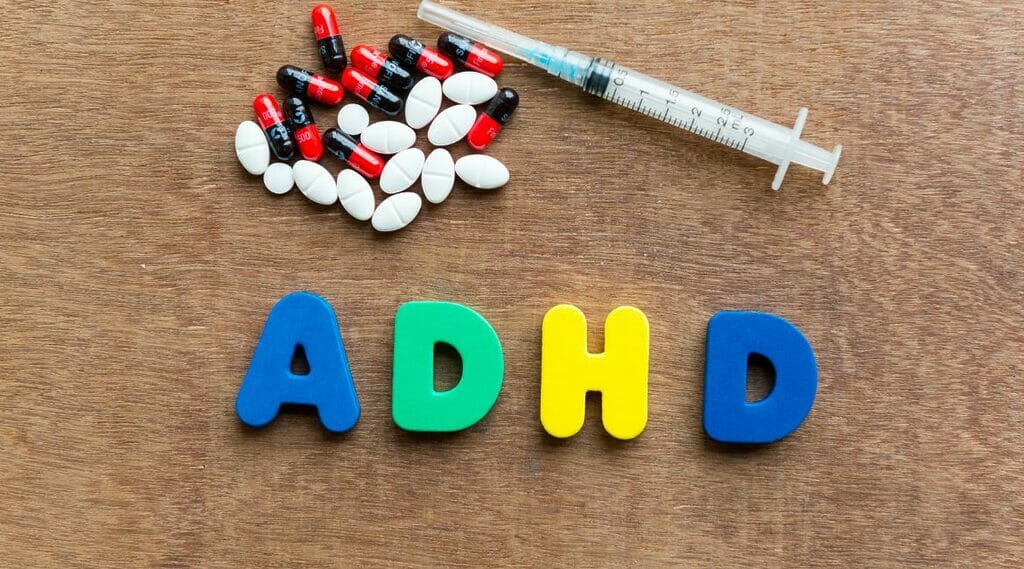Managing ADHD at Home
I’ve learned that managing ADHD at home can be a game-changer for my child. As a parent, I’m excited to experiment with different approaches to create an environment that works best for them. One thing I’ve discovered is that ADHD medication doesn’t necessarily need to be eliminated when homeschooling. In fact, some children benefit from staying on medication, as it can help them stay focused and engaged in their learning. However, it’s essential to consult with a doctor before making any changes to medication. Another approach I’m considering is delaying formal academics for my child. I’ve learned that children under 8 or 9 years old may benefit from more playtime and less structured learning. By giving my child time to explore their interests and engage in creative play, they can develop a love of learning that will serve them well in the years to come.Deschooling and Rhythms
After taking some time to deschool and understand my child’s natural rhythms, I’ve realized that alternating between different types of activities can help them stay focused and engaged. By following their lead and paying attention to their homeschooling style, I’ve found that a more hands-on, interest-based, and project-oriented approach is most effective for my child with ADHD. To create a daily routine that works for us, I’ve experimented with alternating indoor and outdoor activities, close work and big work, and contemplative and energetic atmospheres. I’ve also found that generous play time is important for all children, including those coping with ADHD, and that small environmental factors like music or white noise can make a big difference in concentration. I add gameschooling to our daily schedule. Through unschooling, I’ve been able to provide my child with the educational autonomy they need to thrive and reduce the impact of their ADHD characteristics on their learning experience.What are the benefits of using multiple curricula in homeschooling for children with ADHD?
Homeschooling children with ADHD can be challenging, but implementing multiple curricula offers various benefits. The flexibility allows tailoring education to their unique needs, enhancing engagement and focus. A diverse range of materials and teaching methods caters to different learning styles, promoting better knowledge retention. Alongside structure, variety in curricula fosters creativity, prevents monotony, and keeps children motivated throughout their homeschooling journey. The benefits of multiple curricula in homeschooling empower children with ADHD to thrive academically and reach their full potential.












